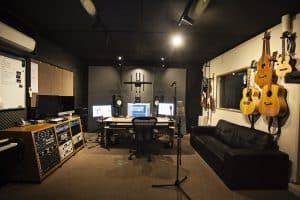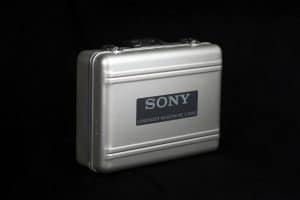One of the most important elements in a recording studio mastering chain is a stereo EQ. Usually used for gain rather than cutting the stereo EQ can add warmth, character, depth and sparkle to a track. At our recording studio Crash Symphony productions we are lucky enough to have the UAD Manley Massive Passive Plugin modelled on the hugely popular recording studio hardware unit of the same name.
The following video explains the ins and outs of how to use the recording studio plugin:
Recording Studio: UAD Manley Massive Passive Stereo EQ plugin

The Standard version has 20dB of cut and boost available on each parametric band, whereas the Mastering version has a range of ±11dB, which makes it easier to fine‑tune and provides more than enough boost and attenuation for mastering duties. The filter section of the Mastering version has also been tuned for mastering, with low‑cut frequencies from 12Hz to 39Hz and high‑cut from 52kHz to 15kHz (both in six discrete steps); the filters of the Standard version run from 22Hz to 220Hz and 18kHz to 6kHz, respectively. True to the hardware unit, the Mastering version has stepped controls for output gain, EQ gain and bandwidth (these make settings repeatable on the analogue original, not that that is an issue with a plug‑in!).
To further add to the authenticity, the plug‑in affects the sound even when the EQ sections are disengaged, simulating the coloration made by just running audio through the transformers and valve circuitry. The plug‑in can, of course, be completely bypassed, using the Power switch.
In contrast to the non‑interactive filter design of most EQs, the filters of the Massive Passive operate in parallel, which makes them interact with one other. In practice, this means that the gain settings of the filters don’t always reflect the actual gain made, especially at narrower bandwidth settings, and they don’t ‘add up’ like they would have done in a conventional EQ. The filter interdependency is a big part of the unique sound of the Massive Passive, which makes it even more important to trust your ears rather than looking at the settings, when using it.
Here is an interesting video comparing the recording studio hardware version of the Manley massive passive with the UAD Manley Massive Passive stereo EQ plugin.




